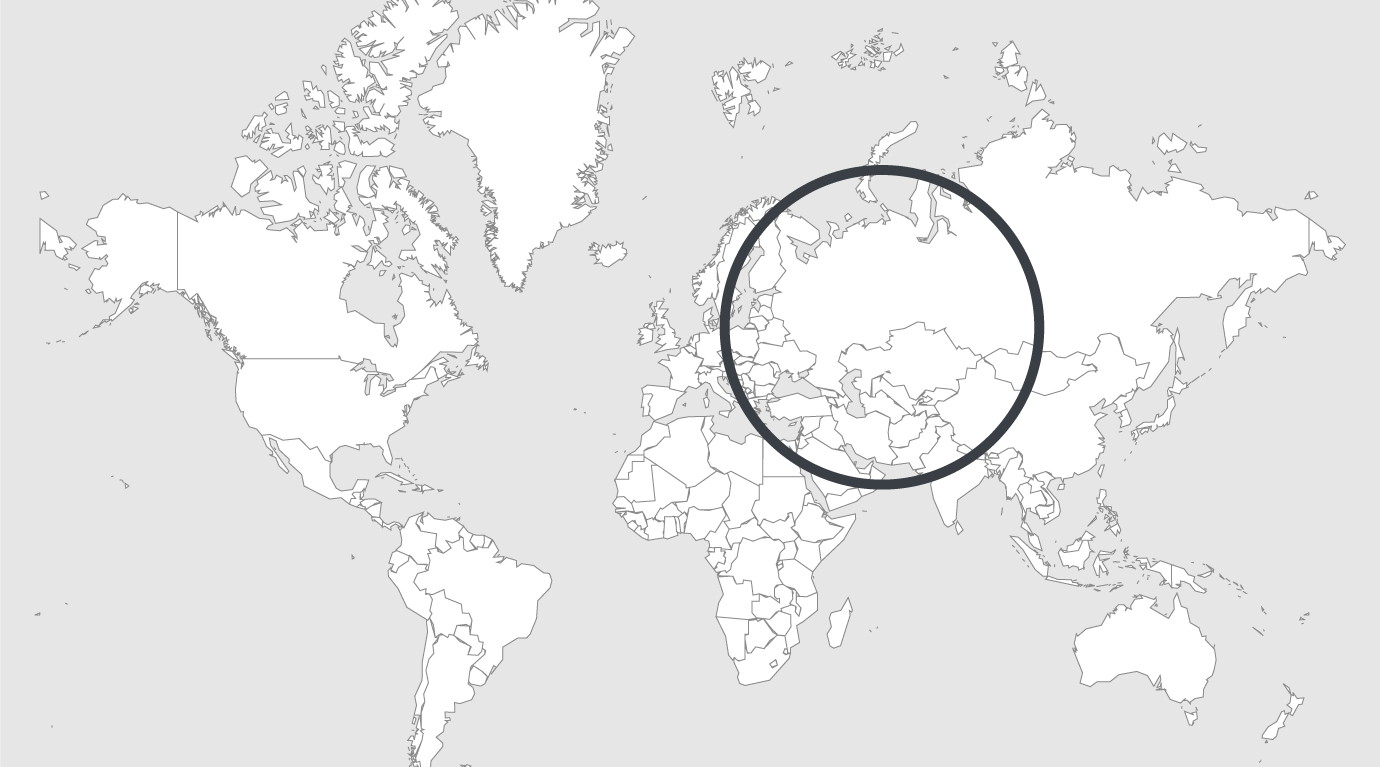
Explore
How the gulag lives on in Russia's prison economy
In Russia, running a prison is a business, Olga Romanova writes for the Carnegie Center.
The Soviet gulag may have transformed into Russia’s Federal Penitentiary Service (FSIN), but its essence arguably is unchanged.
With 434 prisoners per 100,000 people, Russia has the highest incarceration rate in Europe. It’s 143 in the UK, 101 in France, and 76 in Germany.
No neutral observer would describe Russia’s prison system as socially just. The obsolete infrastructure, the abysmal level of staff training, the lack of transparency, the outdated reasoning for punishment, and the complete absence of resocialization programs are just some of the flaws inherited from the gulag.
But there is one aspect of the system that has received very little attention: the practice of nationalizing losses and privatizing profits.
The reason that prisoners’ rights are violated today is not to force them to build major infrastructure. It isn’t even for “reeducation through labor.”
The sole raison d’être is to serve the private commercial interests of individuals who draw their salaries from budgetary funds.
Every correctional facility has its own production unit — a sewing factory or a woodworking or metalworking shop. Expenses like electricity and the salaries and living expenses of the prisoners are covered by the state.
Some funding also comes from the prisoners’ salaries, though the amounts are minuscule. (Under Russian law, prisoners must compensate the state for their food and clothing, and up to 75 percent of their salaries may be deducted for that purpose).
Read full article
